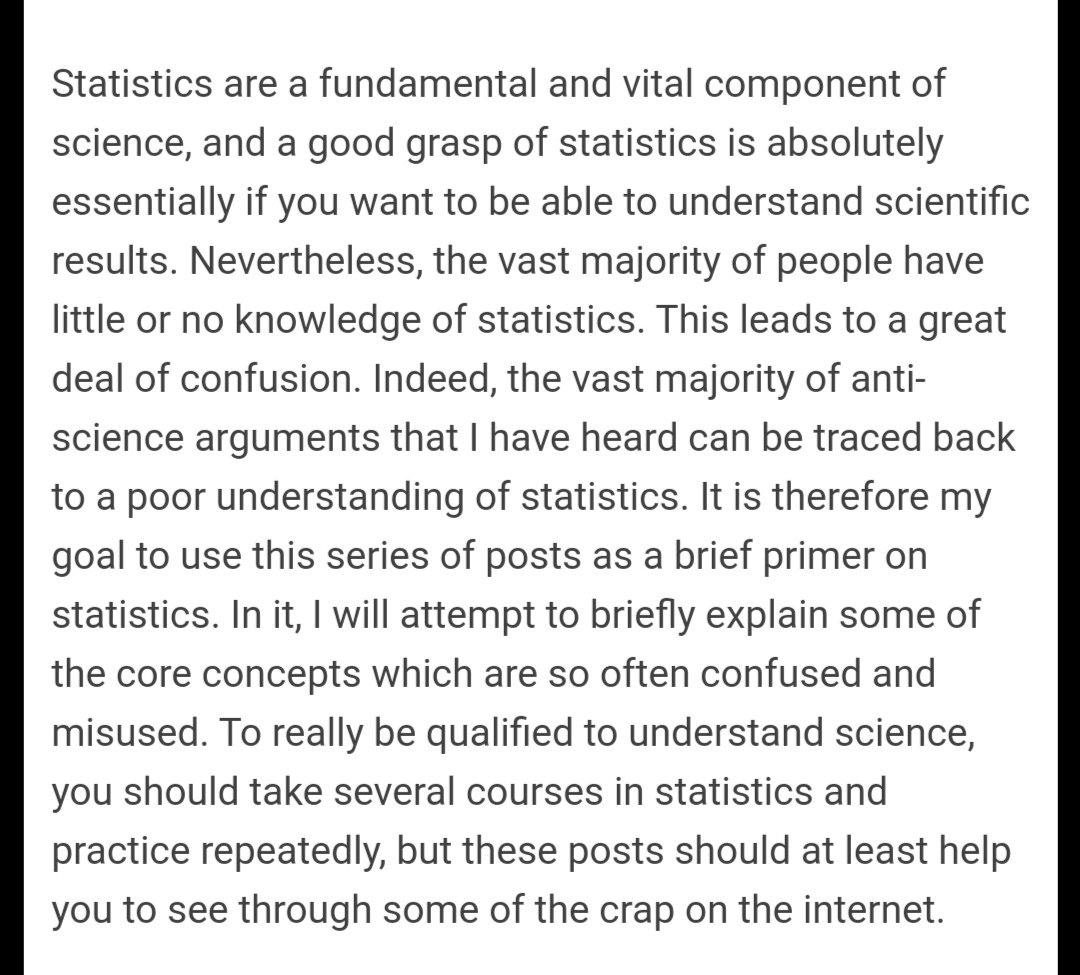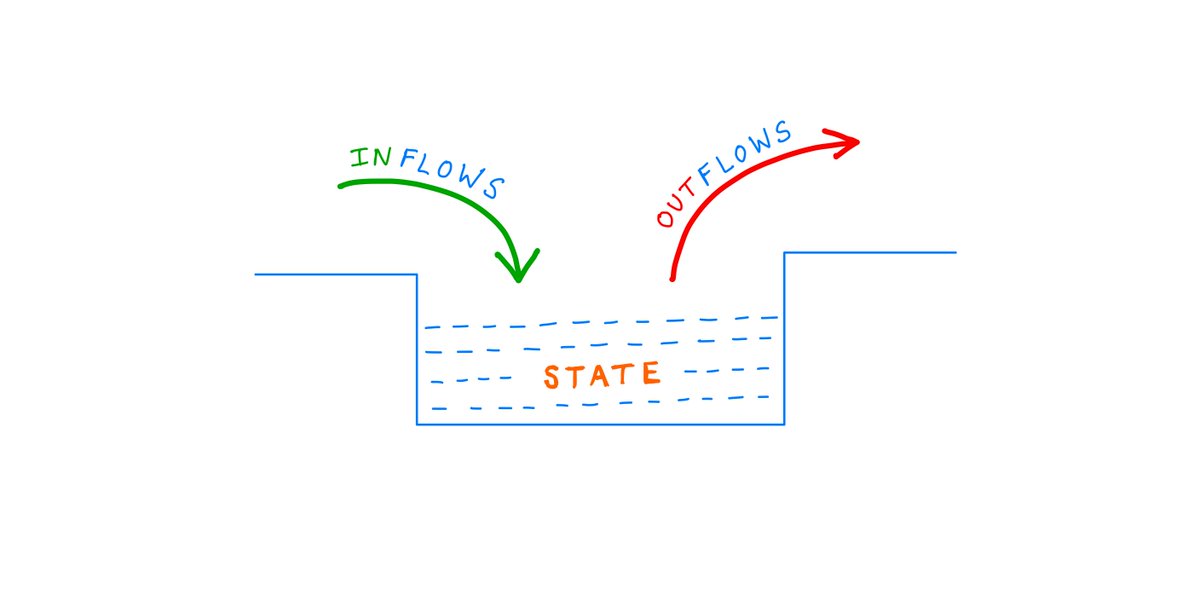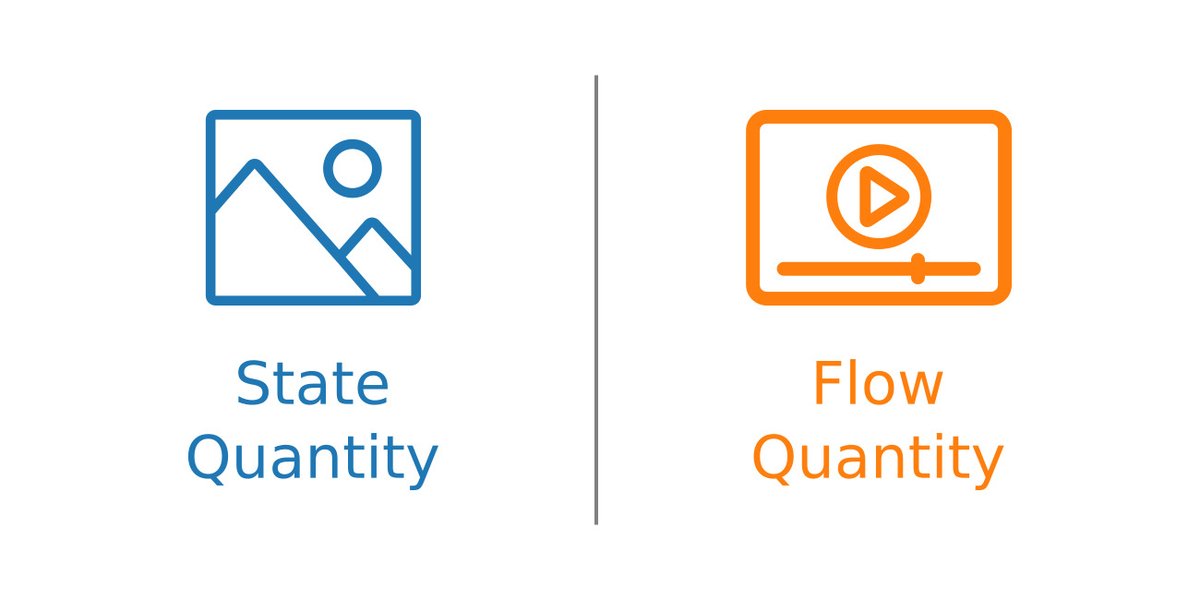https://t.co/Azhyl8pDsX (2/7)
This is a thread on statistics in science: 1/7 (via @LogicofScience)
Basic Statistics Part 1: The Law of Large Numbers https://t.co/wUH8eAAIak
#Science #Statistics

https://t.co/LetN6aEBRM (3/7)
https://t.co/OtVrL0nyIl
Logic is the basis of any scientific argument. This is a thread on rules of logic by @LogicofScience
— The Desi Science Page (@desisciencepage) June 29, 2020
The Rules of Logic Part 1: Why Logic Always Workshttps://t.co/NpxZ5diZoK
1/7
May be mark this thread too for reading later? One on logical fallacies: https://t.co/Z7S9kNsFoI
-End-
Let's talk about logical fallacies:
— The Desi Science Page (@desisciencepage) June 25, 2020
"Perhaps the most common mistake that people make in debates is the use of logical fallacies. This occurs largely because people generally are not taught logical fallacies, and, therefore, don\u2019t recognize them when they use or see them"
1/n pic.twitter.com/P7xVY9Ehln
More from Science
It's time, my friends 🤩🤩
[Thread] #ProjectOdin
The Alliance has Project Odin ready to go - the new quantum-based internet. #ElonMusk #QVS #QFS #ProjectOdin
— Der Preu\xdfe Parler: @DerPreusse (@DerPreusse1963) January 12, 2021
https://t.co/fO90N78fta

new quantum-based internet #ElonMusk #QVS #QFS
Political justification ⏬⏬
#ProjectOdin

#ProjectOdin #Starlink #ElonMusk #QuantumInternet

#ForNature @JohnKerry
Blue whales threatened by ship collisions in busy Patagonia waters
— James Mitchell \u24cb\U0001f42c (@MesMitch) February 1, 2021
Endangered giants face potentially fatal encounters with the 1,000 daily fishing vessels moving through main feeding area off Chile, scientists warn\U0001f43b\u200d\u2744\ufe0f@WeDontHaveTime
#ForNature @JohnKerry














